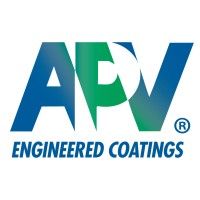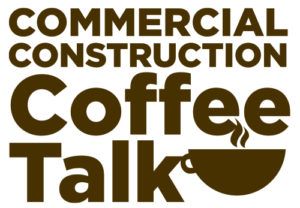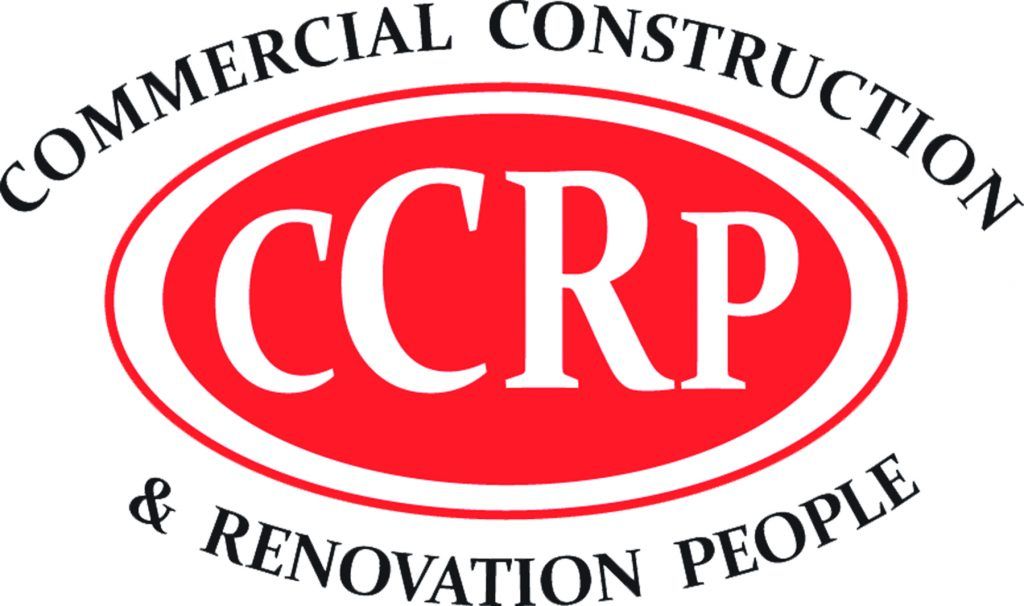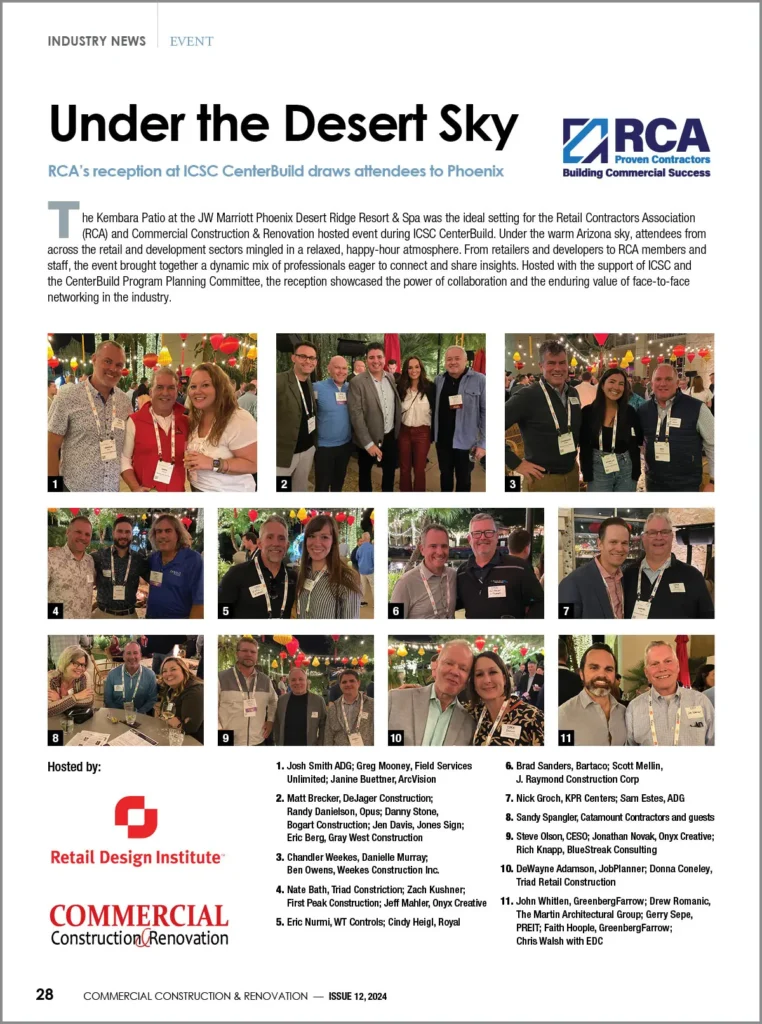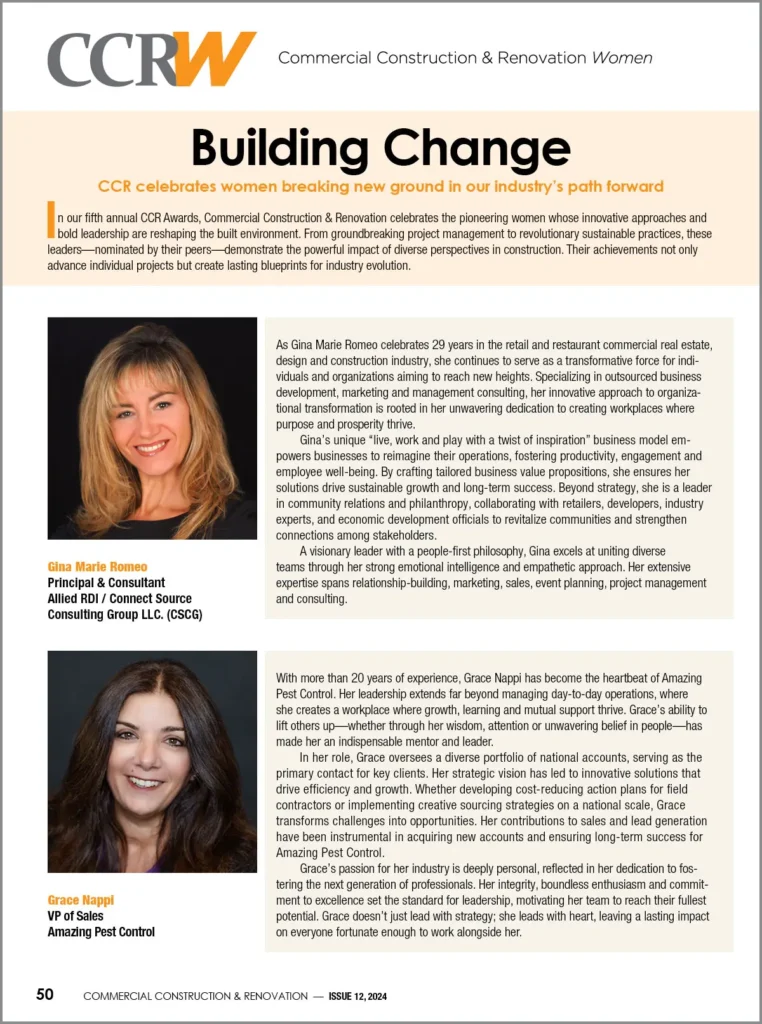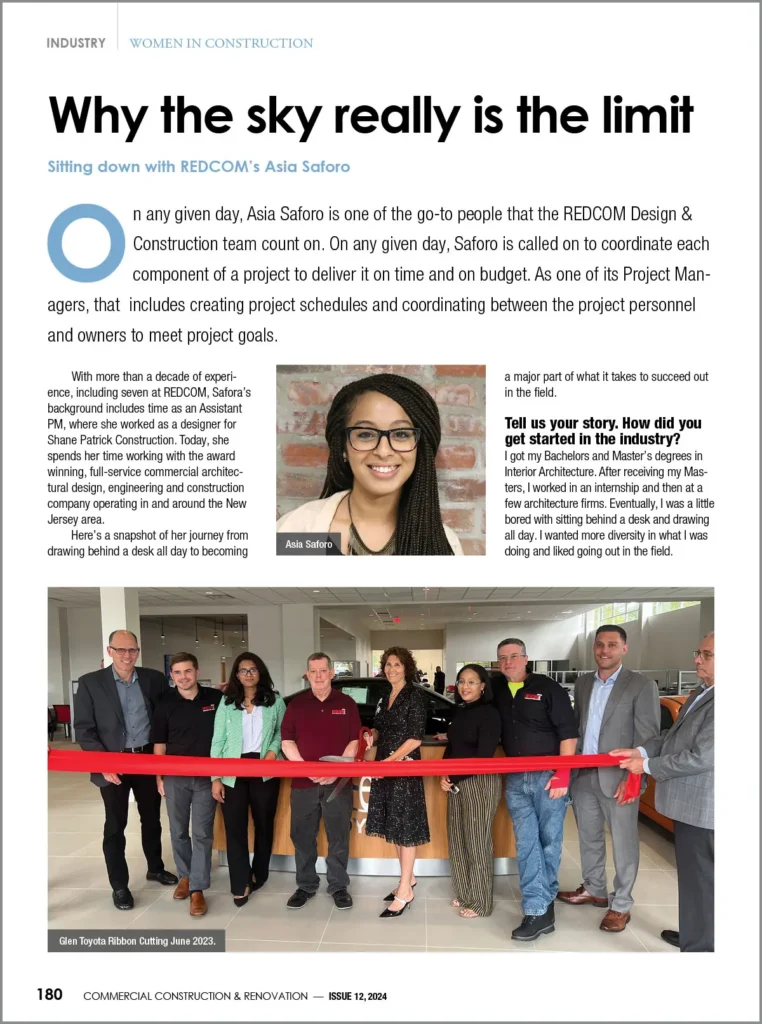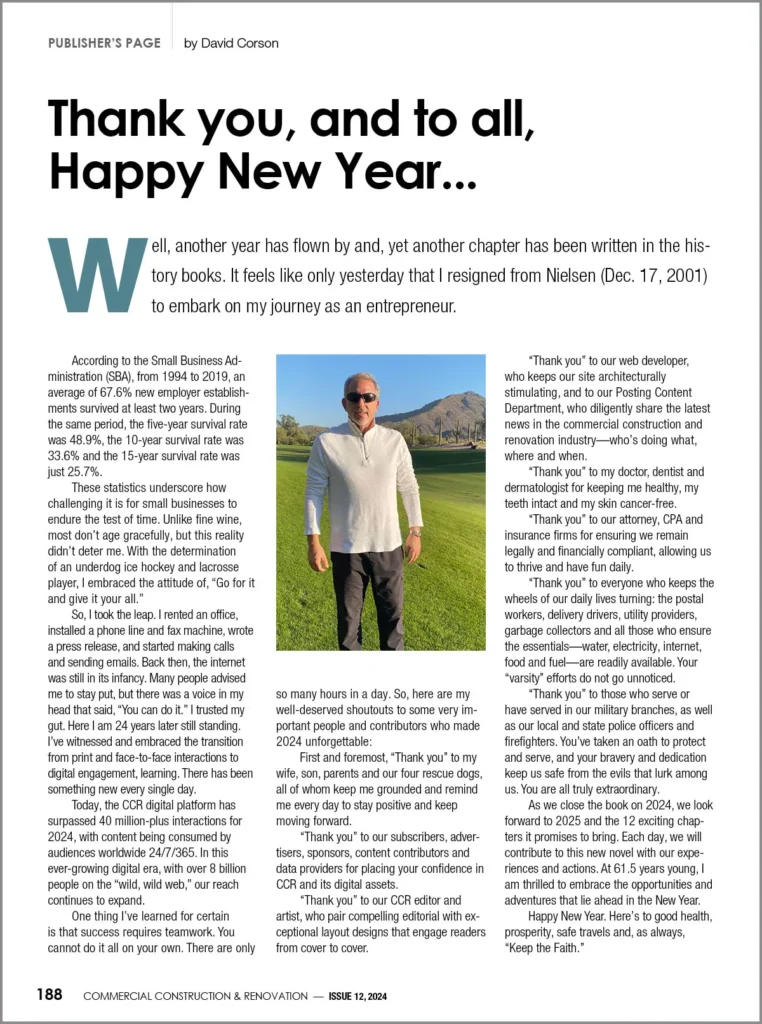Modern manufacturing processes now prioritize sustainability which drives a significant transformation in the tank manufacturing industry.
Inside This Guide:
- Understanding Sustainable Tank Manufacturing
- Water Conservation in Manufacturing
- Energy-Efficient Production Methods
- Material Innovation and Recycling
- Community Impact and Economic Benefits
- Future of Sustainable Tank Manufacturing
Understanding Sustainable Tank Manufacturing
The tank manufacturing industry experienced major evolution throughout the last decade while sustainability emerged as a primary operational priority. The change represents more than environmental responsibility because it focuses on producing products that are durable and cost-efficient while meeting industrial requirements.
Sustainable tank manufacturing requires attention to multiple areas including material selection and production processes alongside waste management and energy consumption. By implementing these practices, manufacturers can reduce their environmental impact while improving their bottom line.
Water Conservation in Manufacturing
Water conservation represents a fundamental component of sustainable tank manufacturing practices. Industry studies that analyze water conservation effects show that tank manufacturing facilities using rainwater harvesting systems can lessen their dependence on conventional water sources based on Texas projects.
Key water conservation strategies include:
- Implementing closed-loop water recycling systems
- Installing rainwater harvesting infrastructure
- Optimizing cleaning processes to minimize water usage
- Treating and reusing process water
- Smart systems enable the monitoring and management of water consumption.
The initiatives serve dual purposes by preserving water supplies while simultaneously cutting expenses and strengthening drought resistance.
Energy-Efficient Production Methods
Tank manufacturing facilities today are progressively implementing energy-efficient production processes to decrease both their greenhouse gas emissions and operating expenses. These innovations include:
- Advanced welding technologies that consume less power
- Smart factory systems that optimize energy usage
- LED lighting and natural light utilization
- Heat recovery systems
- Renewable energy integration
Manufacturers implementing these energy-efficient methods often see significant reductions in their energy consumption and associated costs.
Material Innovation and Recycling
Material innovation together with efficient recycling programs will dictate sustainable tank manufacturing’s future direction. Leading manufacturers like Savannah Tank are:
- Developing corrosion-resistant materials that extend tank life
- Implementing recycling programs for metal waste
- Using recycled materials in non-critical components
- Researching bio-based coating alternatives
- Optimizing material usage through computer-aided design
Community Impact and Economic Benefits
Sustainable manufacturing practices produce beneficial outcomes that improve local community conditions. Economic impact studies show that companies adopting sustainable methods make major contributions to their local communities by working with local suppliers and contractors.
Benefits include:
- Creation of skilled green manufacturing jobs
- Investment in local supplier networks
- Reduced environmental impact on surrounding areas
- Enhanced community engagement through environmental education
- Economic growth through innovation
Future of Sustainable Tank Manufacturing
The manufacturing sector is increasingly adopting sustainable solutions for water storage to implement eco-friendly production methods that minimize water waste and support sustainable usage.
Key trends shaping the future include:
- Integration of artificial intelligence in production processes
- Development of smart tanks with monitoring capabilities
- Advanced materials research
- Increased focus on circular economy principles
- Enhanced safety features and regulatory compliance
Implementation Strategies for Sustainable Manufacturing
The transition to sustainable tank manufacturing requires a structured approach and careful planning. Industry leaders have identified several key strategies that can help manufacturers adopt more sustainable practices:
Comprehensive Audit and Assessment
Before implementing changes, manufacturers should conduct thorough audits of their current operations to:
- Identify areas of high resource consumption
- Assess current waste management practices
- Evaluate energy efficiency opportunities
- Review supply chain sustainability
- Measure current environmental impact
Employee Training and Engagement
The effectiveness of sustainable manufacturing practices depends on active employee participation. Key aspects include:
- Comprehensive sustainability training programs
- Regular updates on environmental initiatives
- Employee suggestion programs for sustainability improvements
- Recognition of sustainability achievements
- Integration of sustainability goals into performance metrics
Technology Integration
Achieving sustainability goals depends heavily on modern technology. Manufacturers are implementing:
- IoT sensors for real-time monitoring
- Automated resource management systems
- Predictive maintenance software
- Digital twin technology for process optimization
- Advanced analytics for sustainability metrics
Industry Success Stories
Multiple success stories throughout the tank manufacturing industry have emerged from implementing sustainable practices. These real-world examples demonstrate the tangible benefits of embracing sustainability:
Water Conservation Excellence
A leading tank manufacturer in the Southwest United States implemented a comprehensive water recycling system that achieved remarkable results:
- 75% reduction in water consumption
- Annual cost savings of over $100,000
- Decreased environmental impact on local water sources
- Enhanced community relationships
- Improved regulatory compliance
Their success has become a model for other manufacturers in water-stressed regions.
Energy Innovation Case Study
Another notable example comes from a mid-sized tank manufacturing facility that underwent a complete energy system overhaul:
- The company implemented solar panels to produce 60% of their required energy.
- Implemented smart factory monitoring systems
- Upgraded to energy-efficient equipment
- Optimized production schedules for peak energy usage
- Achieved 45% reduction in energy costs
Material Innovation Leadership
A third case study focuses on a tank manufacturer that revolutionized their material usage and recycling programs:
- Developed new corrosion-resistant composites
- Implemented a zero-waste initiative
- Created a closed-loop material recycling system
- Reduced raw material costs by 30%
- Extended average product lifespan by 40%
Through their creative blend of material science and sustainable practices they established pioneering industry benchmarks for environmental responsibility.
Keys to Implementation Success
The success stories above highlight several critical factors that contribute to successful sustainability initiatives:
Leadership Commitment
Successful implementation of sustainable practices requires strong leadership support. This includes:
- Clear sustainability vision and goals
- Adequate resource allocation
- Regular progress monitoring
- Active engagement in sustainability initiatives
- Long-term commitment to environmental goals
Stakeholder Engagement
Successful sustainable manufacturing requires buy-in from all stakeholders:
- Employees at all levels
- Suppliers and partners
- Local communities
- Industry regulators
- Customers and end-users
Continuous Improvement
Sustainability is an ongoing journey that requires:
- Regular assessment of initiatives
- Adaptation to new technologies
- Response to changing regulations
- Integration of feedback
- Updates to sustainability goals
Moving Forward with Sustainability
Achieving sustainability demands industry-wide cooperation alongside innovative approaches and steadfast dedication. Manufacturers who implement these practices will drive ongoing enhancements in efficiency alongside better environmental outcomes and improved economic results.
Consult industry specialists who will demonstrate recent innovations and assist you in applying these methods to your operations.
Sustainability in tank manufacturing extends beyond environmental responsibility because it creates an industry foundation that supports both strength and profit growth for future operations. Through their commitment to water conservation and energy efficiency together with material innovation manufacturers achieve both environmental impact reduction and business resilience along with profitability.
Are you interested in discovering sustainable practices used in tank manufacturing?





